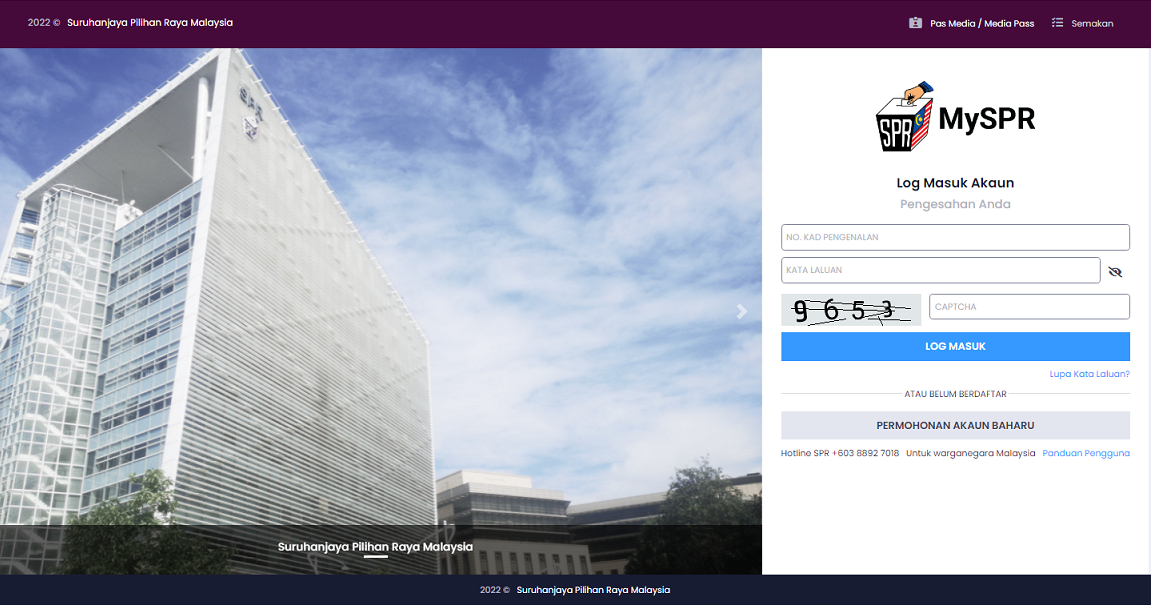The Comprehensive Guide to Airbrushes and Compressors
Airbrushing has actually ended up being a staple in various innovative areas, from fine art and image to automobile painting and make-up. Its ability to generate smooth gradients, great details, and even coverings makes it a flexible device for experts and hobbyists alike. However, to get the most out of your airbrushing experience, it’s important to comprehend the tools entailed– specifically, airbrushes and compressors. This overview will give a thorough review of these tools, assisting you select the right equipment for your needs.
Recognizing Airbrushes
Airbrushes are accuracy devices that utilize compressed air to atomize and spray paint or various other fluids onto a surface. The fundamental layout contains a trigger, nozzle, needle, and paint reservoir. In spite of their relatively easy framework, airbrushes come in different types, each fit to different applications.
Sorts of Airbrushes
The Value of Compressors
No airbrush system is total without a compressor, the tool that supplies the compressed air essential for airbrushing. Choosing the appropriate compressor is critical, as it straight affects the efficiency of your airbrush.
In this context, it is essential to take into consideration the options offered, such as those from the brand Master Airbrush shop, which provides a range of compressors tailored to different airbrushing requirements. While selecting a compressor, you’ll want to think about factors such as sound level, atmospheric pressure, and portability.
Kinds of Compressors
Picking the Right Mix
Selecting the right airbrush and compressor combination depends on the sort of job you plan to do. Here are a few considerations to keep in mind:
For Art and Image
If you’re working with comprehensive pictures or fine art, a gravity-feed, double-action airbrush paired with a silent piston compressor is optimal. This configuration permits exact control over paint flow and air pressure, enabling you to produce elaborate designs and smooth gradients.
For Automotive Painting
Automotive paint requires a various method because of the larger range of the job. A siphon-feed airbrush integrated with an effective piston or tank compressor is suggested. This configuration makes certain that you can cover large locations quickly and constantly, with enough power to handle thicker vehicle paints.
For Make-up and Body Art
Makeup artists commonly use airbrushes for using structure and other cosmetics. A gravity-feed airbrush with a low-pressure diaphragm compressor appropriates for this objective. The reduced stress makes certain a gentle application, while the gravity-feed permits finer control, which is critical when working with the fragile surface of the skin.
For Hobbyists and Design Makers
Hobbyists and version manufacturers usually need a versatile configuration that can take care of numerous sorts of paint and surfaces. A double-action airbrush combined with a portable compressor uses the versatility needed for various tasks. This combination is additionally very easy to shop and transport, making it practical for enthusiasts.
Upkeep Tips
Both airbrushes and compressors call for regular upkeep to function optimally. Right here are some tips to maintain your devices in top shape:
Conclusion
Airbrushing is a versatile method that can be applied throughout various areas, from fine art and make-up to automobile paint and model making. To attain the very best outcomes, it’s vital to select the ideal airbrush and compressor combination customized to your certain demands. Whether you’re an expert or an enthusiast, recognizing the various sorts of airbrushes and compressors offered will certainly help you make an educated choice.
By buying high-quality equipment and maintaining it properly, you’ll be able to delight in a smooth airbrushing experience for many years to come.




